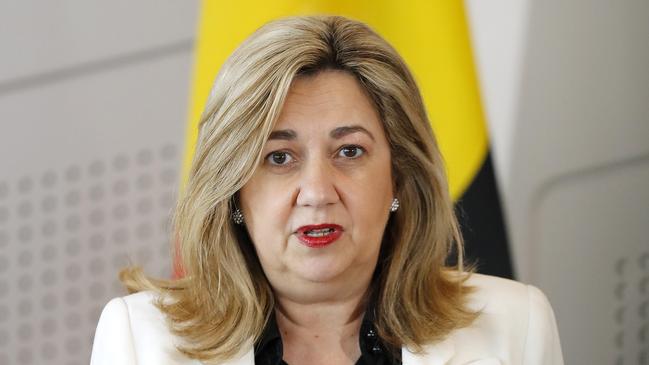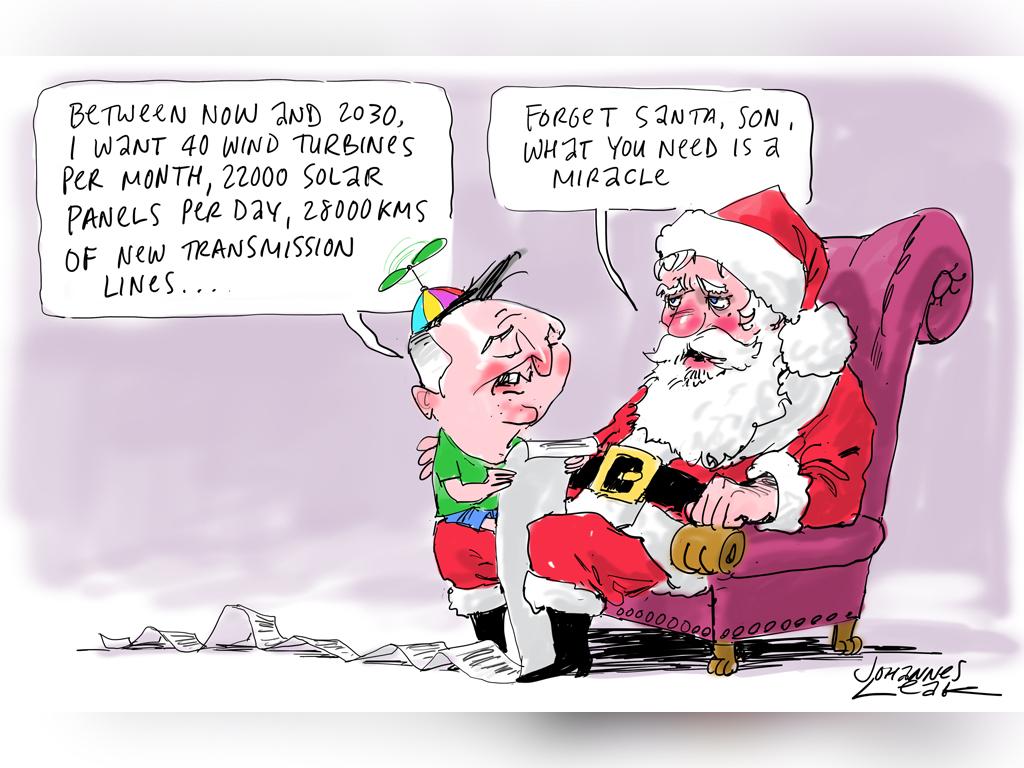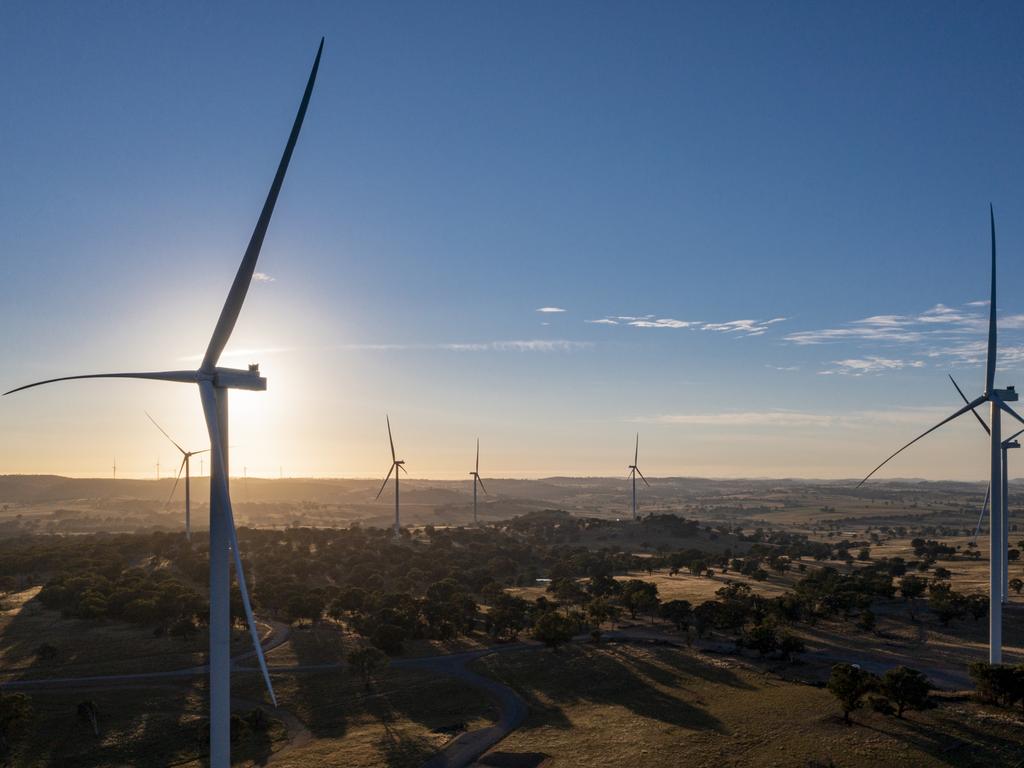Leaders ‘knew’ of $450m Rio compensation, says Annastacia Palaszczuk
Annastacia Palaszczuk says the federal and state governments knew taxpayers could be slugged up to $450m to compensate mining giant Rio Tinto.

Annastacia Palaszczuk says the federal and state governments knew taxpayers could be slugged up to $450m to compensate mining giant Rio Tinto when the national energy plan was rushed through parliament this month.
Negotiations are almost finalised to reimburse the company’s Gladstone Power Station for revenue losses during Australia’s year-long domestic coal price cap.
The Australian this week revealed the federal government’s upper estimate to compensate Gladstone, of which Rio is the largest shareholder, was $450m.
Asked if her government was aware the payout could hit $450m before agreeing to implement the cap, Ms Palaszczuk said: “Yes, we did know.”
“All of that was worked out when we reached the agreement we reached,” she said in reference to national cabinet negotiations.
Ms Palaszczuk’s confirmation contradicted Prime Minister Anthony Albanese's claim that compensation for Rio and its partners would be “nothing like” $450m.
“I have no idea where that figure came from,” he told Seven’s Sunrise. “We expect that it will be nothing like the sort of figures that I’ve seen in the newspaper.
“But they, of course, are the subject of commercial discussions and they’ll continue, obviously, because we have a cap on coal that have been imposed by state governments of $125 per tonne.”
Mr Albanese’s dismissal of the sum came as the compensation plan was criticised by the Greens and crossbench powerbroker David Pocock, whose votes were relied on to pass the national energy plan.
Senator Pocock told The Australian he was not informed the compensation deal could reach $450m before he agreed to support the government’s legislation at an urgent parliamentary sitting this month.
“The briefings and information I received suggested that any compensation under this plan to bring much-needed energy price relief for households and small businesses would be minimal and confined to a small number of generators.”
The final value paid to Gladstone will be calculated on losses incurred while the cap is in place and will be split 50-50 between the federal and state governments.
Gladstone, one of two privately owned Queensland coal stations, largely services a nearby aluminium smelter and alumina refinery, majority-owned by Rio.
Excess power sold on the National Electricity Market has increased this year to cover supply problems at state-owned generators.
The NSW government also agreed to halve compensation costs for private generators in the state, in exchange for more federal support on household energy bill rebates.
The compensation deals are tied to commercial coal contracts, so their exact costs are likely to remain secret.
Orders to coalminers and electricity generators were issued by NSW Energy Minister Matt Kean just before Christmas, instructing major coal-fired generators to keep 30 days worth of fuel stockpiled for at least 18 months.
Sources say the state government originally pushed to mandate a 60-day coal stockpile at each generator, but relented in the face of opposition from major power companies.
The orders apply to Energy Australia’s Mt Piper power station, AGL Energy’s Bayswater operations, Origin Energy’s Eraring and the Vales Point power station, now owned by Czech company Sev.en Global Investments.
In addition to stockpiling requirements, the power generators were banned from onselling coal until June 30, 2024, and must report monthly on the amount of coal bought, used, and kept on hand.
Coalminers, including international majors Glencore and Peabody and domestic producers such as New Hope and Centennial Coal, were ordered to reserve about 19 million tonnes of coal for domestic use in 2023.







To join the conversation, please log in. Don't have an account? Register
Join the conversation, you are commenting as Logout